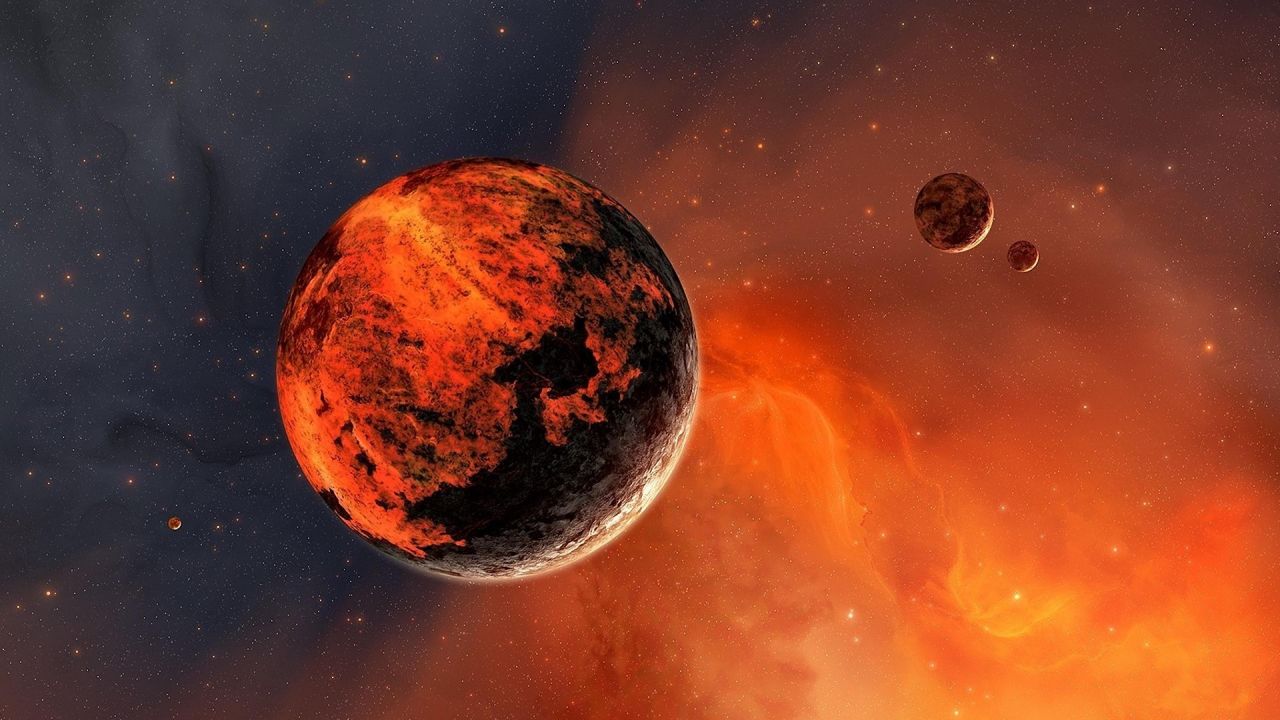In the article published in GeoHealth, it was stated that Mars dust can cause lung diseases and vision problems.It was stated that this dust has similar properties to moon dust, is very fine and also electrically charged. For this reason, it was reported that it is extremely disturbing, sticks to everything with its electrostatic effect and it is not easy to get rid of it.
Space doctors called for Mars
The Apollo astronauts were familiar with this problem. When they landed on the lunar soil, it was almost impossible to shake off the dust. The dust got into every pocket of their spacesuits.
There is a famous case of astronaut-geologist Harrison Schmitt experiencing a coughing fit and allergies during the Apollo 17 mission in 1972. Schmitt inhaled the dust when he removed his spacesuit helmet after returning to the ship from the open surface. Astronauts say moon dust smells like gunpowder.
That’s why space doctors are pondering what to do with this dust on Mars, which is famous for its dust storms. They explain that this dust not only contains rust (iron oxide), but also quartz, silicon dioxide, perchlorates and even arsenic.
Doctors recalled that workers in the mining industry are greatly affected by the silicon dioxide in our earth’s dust, contracting silicosis, a severe inflammatory reaction to the penetration of solid particles into the lungs. Scarring, or fibrosis, develops in the lung. This can lead to bronchitis and even tuberculosis.
At the same time, doctors emphasize that astronauts on the Moon are much better off than those on Mars in the most critical situation where emergency help is needed. While there is only a three-day flight between Earth and the Moon, it takes six to nine months to reach Mars and vice versa.














